Subaru Outback (Topic Ufficiale - 2009)
-
Contenuti simili
-
- 82 risposte
- 23897 visite
-
- 14 risposte
- 2695 visite
-
Subaru Sport Mobility Concept 2023 1 2
Pubblicato da j,
- subaru sport mobility
- subaru concept
- (e 3 altri in più)
- 10 risposte
- 1760 visite
-
-
-

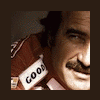


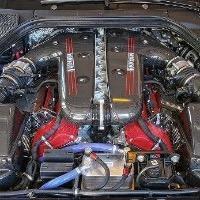


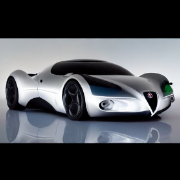
.thumb.jpg.46228d717c405acd43b45b79fddce6a4.jpg)

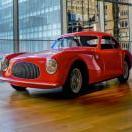



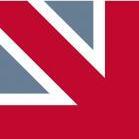


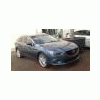

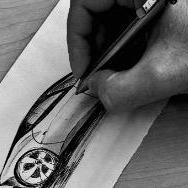
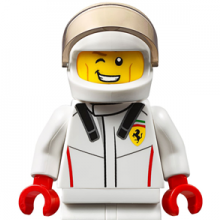



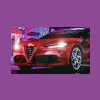
Messaggi Raccomandati:
Crea un account o accedi per lasciare un commento
Devi essere iscritto per commentare e visualizzare le sezioni protette!
Crea un account
Iscriviti nella nostra community. È facile!
Registra un nuovo accountAccedi
Sei già registrato? Accedi qui.
Accedi Ora